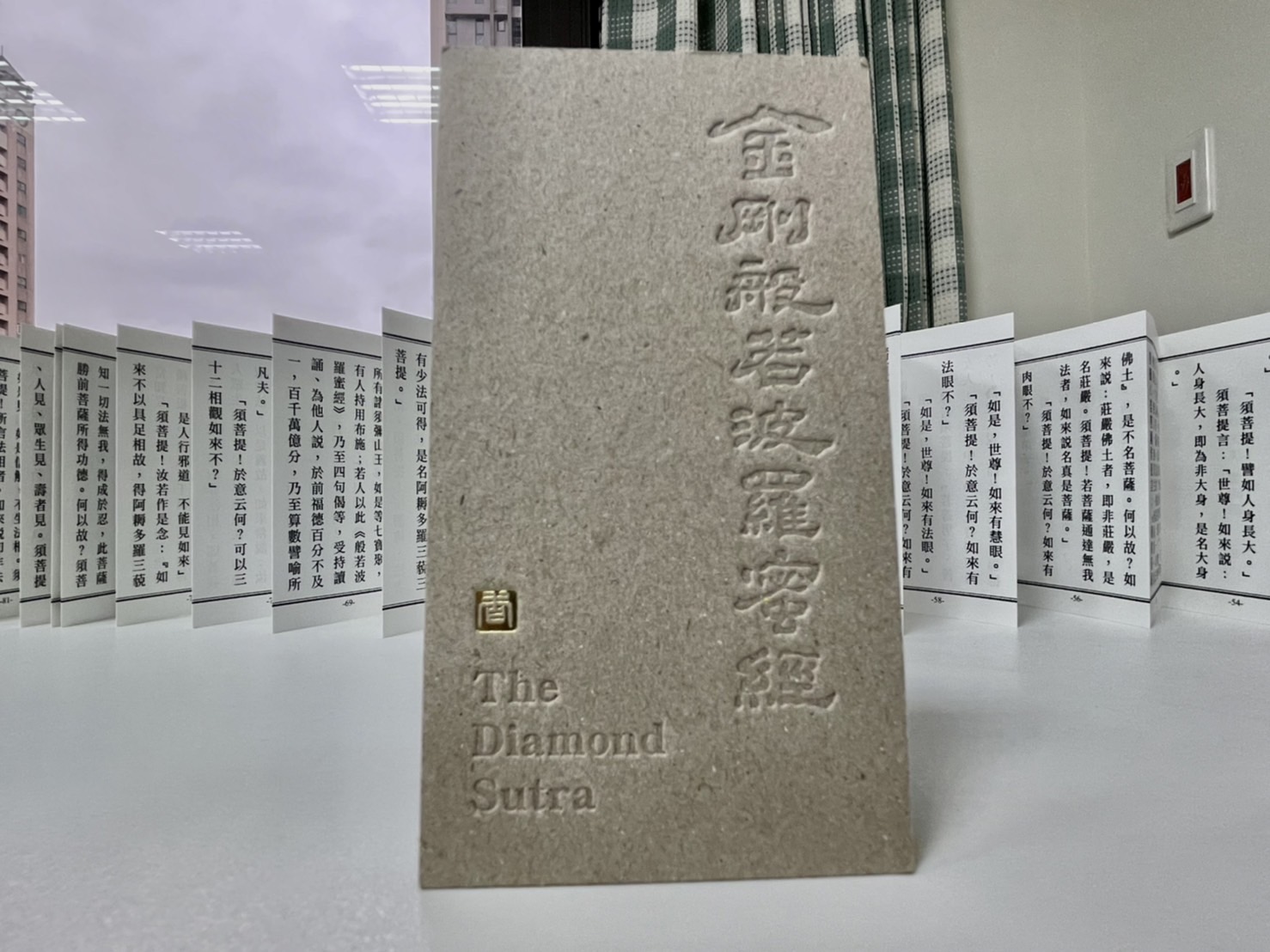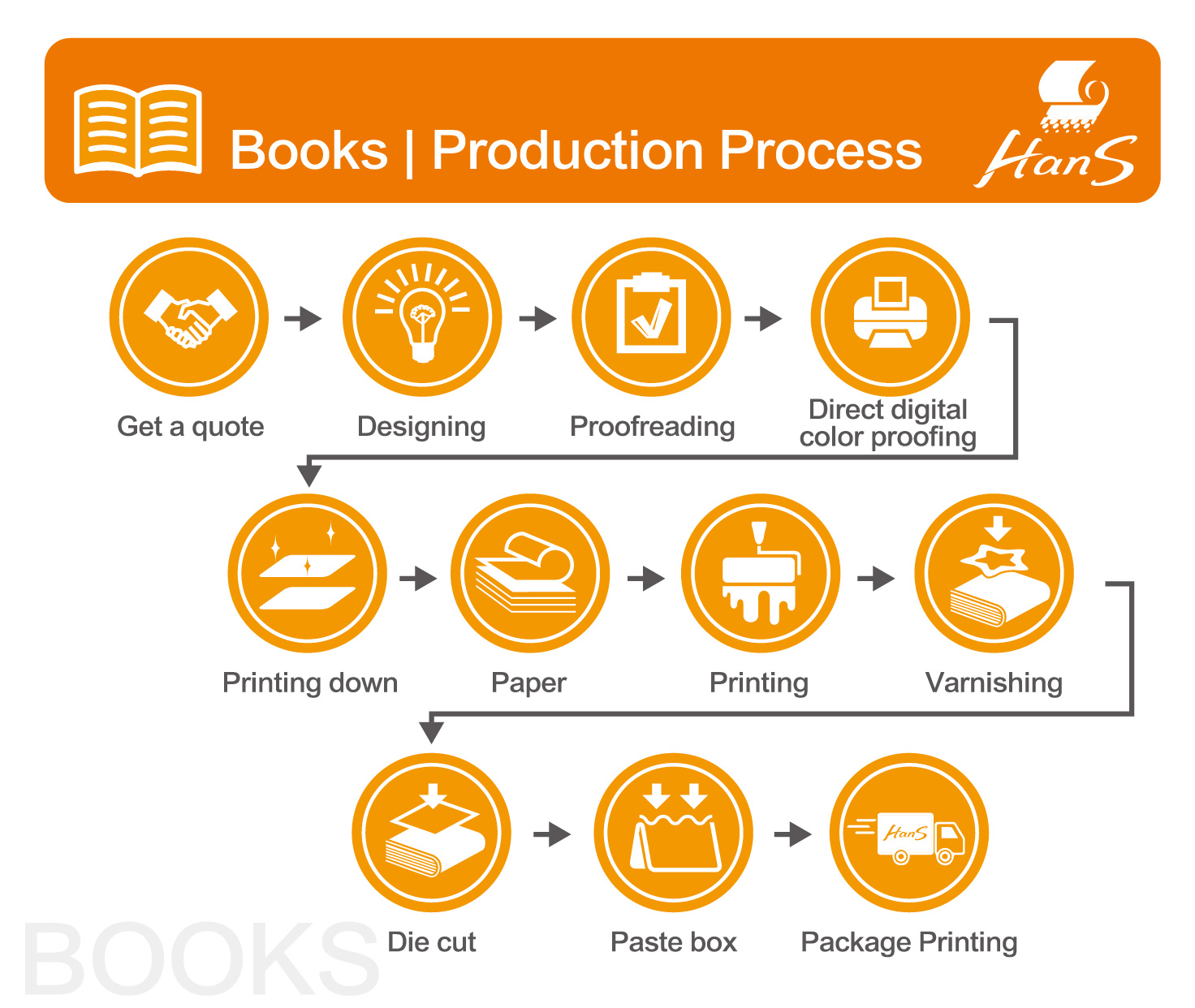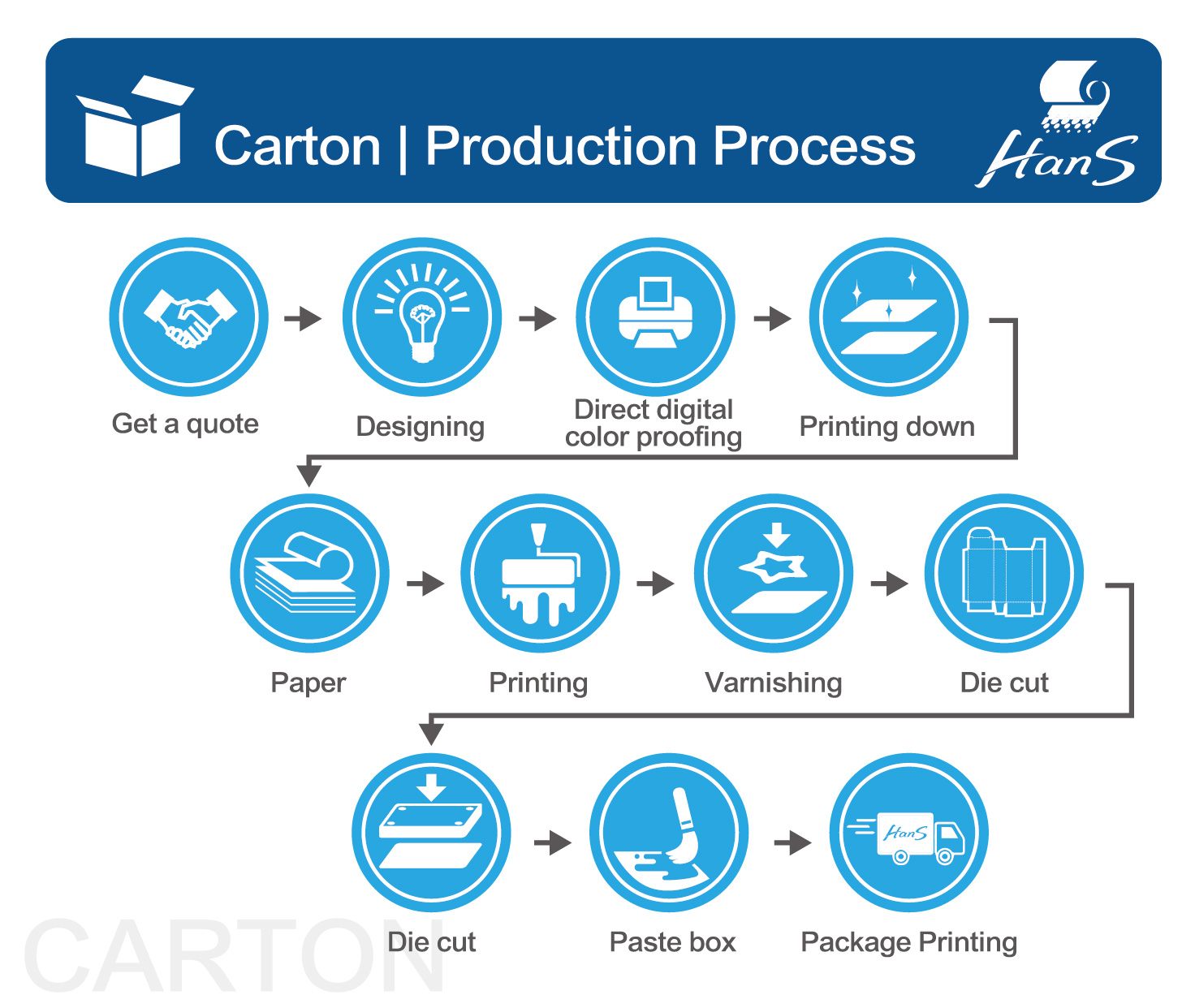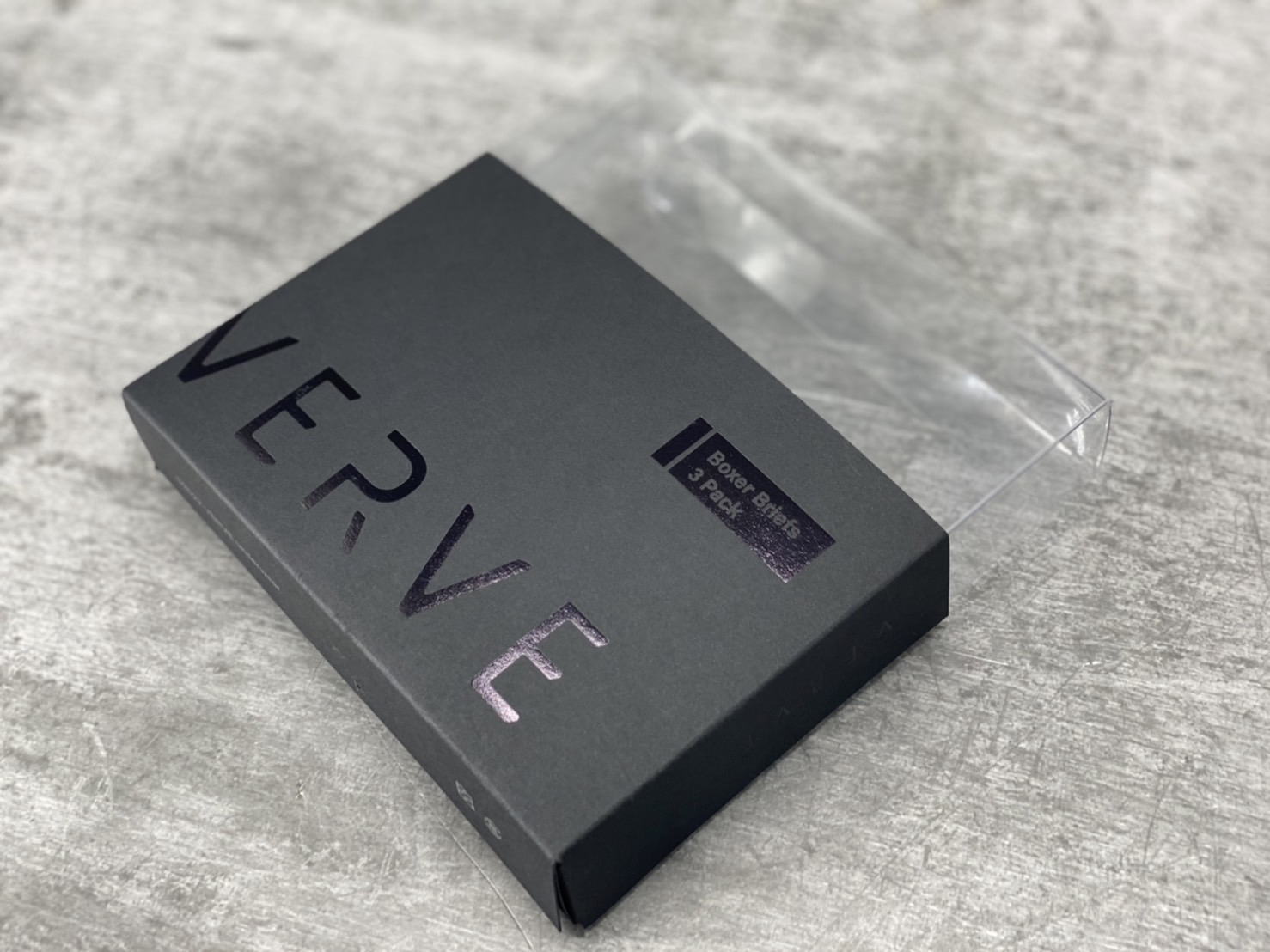Embossing
-
sentiment_very_satisfied
Viewers:
- 0
What is Embossing in Printing?
Embossing is a printing technique that creates a raised or recessed design on a material (typically paper, cardstock, or fabric) by pressing it between two dies, one with a raised surface and one with a corresponding recessed surface. This process produces a three-dimensional effect that adds texture and depth to the printed piece, enhancing its visual and tactile appeal.
How Embossing Works
1. Design Preparation:- The design to be embossed is created and converted into a digital file. - The file is used to create two custom-made dies: one male (raised) and one female (recessed). |
2. Die Creation:- The dies are typically made from metal (brass, copper, or magnesium) and are crafted to match the exact details of the design. |
3. Material Selection:- The chosen material (paper, cardstock, or fabric) must be suitable for embossing, meaning it should be thick and durable enough to withstand the pressure without tearing or deforming. |
4. Embossing Process:- The material is placed between the two dies. - Pressure is applied, pressing the material into the shape of the dies. - The result is a raised or recessed impression that matches the design. |
Types of Embossing
1. Blind Embossing:- Involves embossing without any ink or foil, creating a subtle and elegant effect. - Relies solely on the play of light and shadow on the raised areas. |
2. Registered Embossing:- Combines embossing with printed elements, aligning the embossed design with pre-printed graphics. - Enhances the visual impact by adding dimension to printed images or text. |
3. Combination Embossing:- Uses both embossing and debossing techniques on the same piece. - Creates a more complex and intricate design by raising some elements and recessing others. |
4. Foil Embossing:- Involves the application of metallic foil to the embossed area, adding a shiny, reflective finish. - Often used for luxury items, invitations, and high-end packaging. |
Advantages of Embossing
1. Visual Appeal:- Adds a sophisticated and professional look to printed materials. - Creates a memorable and eye-catching effect. |
2. Tactile Experience:- Provides a unique texture that enhances the sensory experience of the printed piece. - Can make materials more engaging and interactive. |
3. Versatility:- Suitable for a wide range of applications, including business cards, stationery, book covers, invitations, packaging, and certificates. - Can be combined with other printing techniques for added effect. |
4. Durability:- The embossed design is more resistant to wear and tear compared to printed ink alone. - Provides a lasting impression that maintains its quality over time. |
Considerations for Embossing
1. Design Complexity:- Simple, bold designs work best for embossing, as intricate details may not translate well. - Consider the limitations of the embossing process when creating your design. |
2. Material Compatibility:- Thicker, more durable materials yield better results and withstand the pressure of embossing. - Test different materials to find the best option for your project. |
3. Cost:- Embossing involves additional costs for die creation and the embossing process. - Typically more expensive than standard printing methods. |
4. Environmental Impact:- Embossing can be eco-friendly if using recycled materials and sustainable practices. - Consider the environmental footprint of the materials and processes used. |
Applications of Embossing
1. Business Cards: |
Conclusion
Embossing is a versatile and impactful printing technique that enhances the visual and tactile qualities of printed materials. By creating a raised or recessed design, it adds depth, texture, and sophistication to a wide range of projects. While it involves additional costs and considerations, the results can significantly elevate the quality and appeal of your printed pieces.
From planning and filing to the completion of printed matter, printing must go through many procedures, combined with the professional skills of countless people, such as graphic designers, commercial photographers, copywriters, typewriters, artists, color separation technicians, printing technicians, Public workers, printing technicians, bookbinding, varnishing and various processing technicians, etc., without any one, can not successfully complete the printed matter, so they are all important contributors.
We assist many enterprises and organizations in the integrated planning and production of printed materials, focusing on providing comprehensive printing integration services, helping you think more, do more, and win more under limited time and money.




















